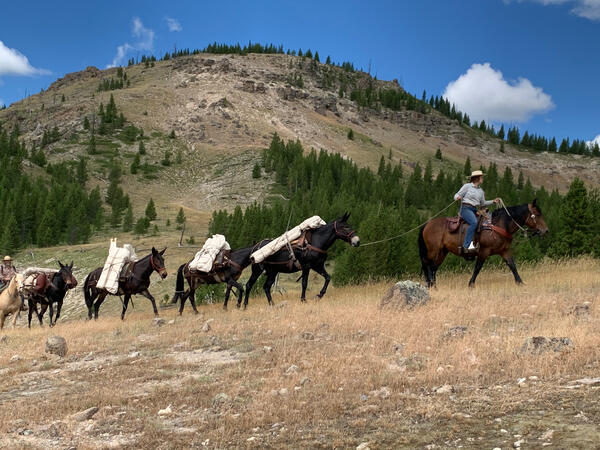My research is focused on quantifying processes in continental hydrothermal systems by integrating hydrologic, geochemical, and geophysical data with models of groundwater flow, heat transport, thermodynamics, and statistics. An improved understanding of hydrothermal systems is important because: 1) pressure, temperature and chemical changes within these systems can provide early warnings of volcanic unrest, 2) many of the geochemical, geodetic, and seismic signals measured at the volcano’s surface have their origins, or are modulated by hydrothermal processes, 3) hydrothermal fluids constitute a major source of hazard as a propellant in steam-driven explosions, lubricant in mudflows, and transport agent for toxins, 4) fluids in these systems are a source of geothermal energy and an agent in the formation of mineral deposits, and 5) hot springs and their deposits provide insights on the origin and environmental limits of life on Earth and elsewhere in the solar system. Insights gleaned from these studies have implications for many science disciplines and are mostly summarized in co-authored review papers. This research supports of the USGS Volcano Hazards Program mission to “enhance public safety and minimize social and economic disruption from eruptions” and the Geothermal Research Investigation Project’s (GRIP) goals of assessing geothermal energy resources and the environmental impacts of energy production.
Research topics:
- Water-gas-rock interaction in volcano-hydrothermal systems using field observations, chemical and isotopic data, controlled laboratory experiments. and thermodynamic models
- Numerical simulations of volcano-hydrothermal systems
- Modulation of volcanic and geyser activity by cyclic hydrological and climatic forcers and by large earthquakes
- Post-glacial hydrothermal activity at Yellowstone
- Heat transport in volcanic systems
- Dynamics and chemistry of volcanic lakes
- Geyser dynamics
- The impact of geothermal energy production on groundwater quality









